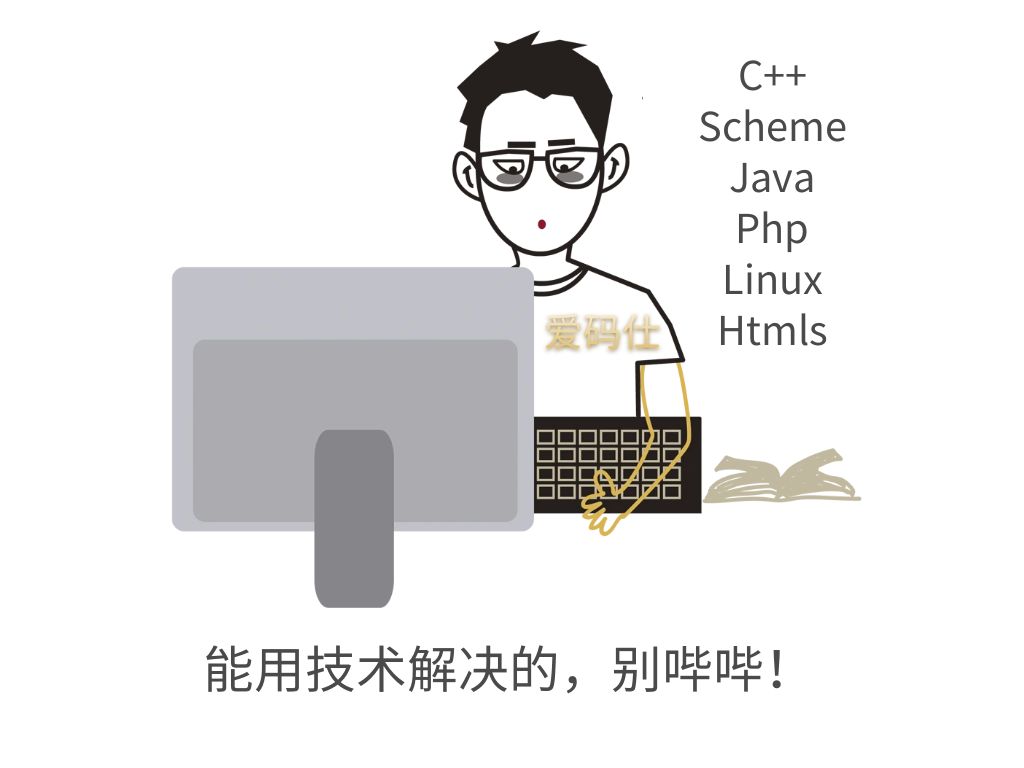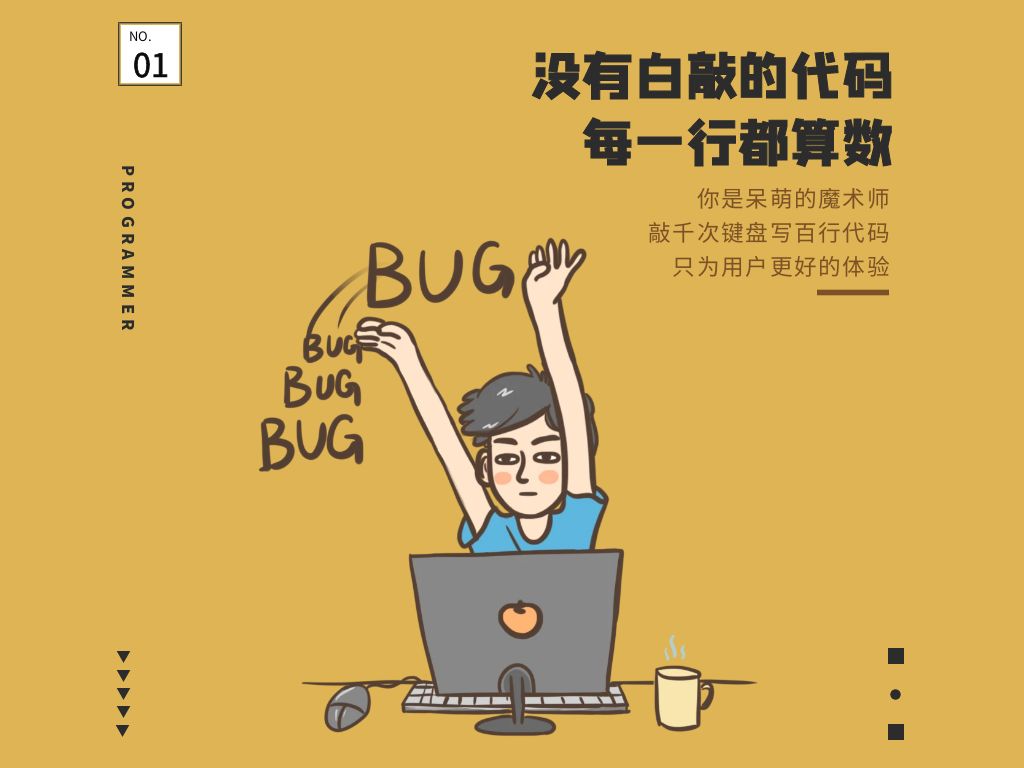本文主要是介绍{Java The Good Parts},希望对大家解决编程问题提供一定的参考价值,需要的开发者们随着小编来一起学习吧!
Chap 1 Introduction
When talking about a program language, think about what you are using them for.
What is Java good for???
1. When I am working on a project that is either so large or complex or on a short schedule that I need to be working with other coders, Java is useful.
It allows us to break the work to smaller, independent pieces, and helps us to explain our own parts, which also aid in multiperson effort.
2. When the codes need to run on multiple platforms, Java is useful.
Write once, run anywhere. For most part, Java bytecodes will run the same on the JVM no matter what platform. This portable binary format is an advantage if codes are going to run on multiple machines.
3. When the codes are going to be used for a long time, Java is useful.
Java is best used on systems that are designed before they're written.
4. When codes need to be realiable, Java is useful.
Java made design decisions that are meant to make codes more realiable.
5. When time flies, Java grows rapidly.
But there is a small part that is good and we should know.
Most changes happened in the library, with a smaller set of changes occurring in the language and very little change occurring in the VM.
We will have more views about why these parts are useful, when to use them and when to avoid other solutions.
Chap 2 The Type System
It's a paradigmatic example of what makes the language what it is - a pragmatic combination of features that provide an excellent tool for software engineers building large, complex systems.
The basis:
Class, Method, Extend, Inherit, Override, Interface, Abstract class and Object-Oriented concepts.
Why Class, Abstract class and interface?
Interface is a user interface to programmers, and it's a way of expressing what different implementationshave in common.
The compiler can find those cases where a programmer changes the signature of a method or makes a typo in the name of the method.
Interfaces can clarify the overall design of the system.
If you cannot describe the meaning of your interface without referring to methods of some other interface, then you should split it.
The seperation between interface and class allows us to do our semantic design seperately from our class design.
Inside and Out
How the method is implemented should never be assumed by the method that receives the object, because they can always change.
Interfaces are used to define sets of interrelated operations that taken together form a unit of meaning in an application.
Classes define a set of related data, and to associate that data with the code that is used to manuplate that data.
Beware
Java interfaces do not create a seperate namespace, and there is no way to disambiguate the same methods.
All in all, the type system lets the compiler tell you when things are out of whack, and helps build units that can be shared, extended and explained.
Chap3 Exceptions
Using exceptions correctly, your code can be easier to read, more realiable, and easier to maintain.
The basics
The basic class of Throwable extends the Serializable interface, and should declare a serialVersionUID.
Any exception that is thrown by a method must be declared as part of the signature of that method.
Throwing Exception is a bad idea!
The Why
When bad things happen, we need to react by cleaning up and aborting the operation.
The exception mechanism allows a program to separate the mainline code and the error-handling code.
If you want to ignore exceptions, you have to do so explicitly.
How it Works
If an exception occurs, do some clean-up works, so write some exception handlers.
The RuntimeException can be thrown at any time and does not need to be declared as part of the signature of a method.
Don't declare a new RuntimeException.
He believes that the use of RuntimeException is a bad thing. And recommand us to write our own exceptions.
Chap 4 Packages
The package feature along with the notion of importing from other package allow large-scale software to be developed independently.
The Basics
Create a namespace, to help distinguish the same names in different packages.
Once some class with a name is loaded, any class with the same name will use the loaded implementation.
Using domain name or java, javax, email address.
Don't put codes in default package.
Avoid importing all *.
Packages and Access Control
Private, protected, package, public.
Chap 5 Garbage Collection
So far, we know Java define a type (class or interface), define and handle an exception (and tell others when to expect), create a package that both defines a separate namespace and interacts with the protection mechanisms to give you a layer of abstraction.
The basics
Runtime system keeps track of when an object will no longer be used and automatically frees up the memory space taken up by those objects.
It's difficult to keep track of when and how to clean up the memory used by objects.
GC and references:
You can not access reference itself, you cannot do arithmetic with a reference, all you can do is to access fields or methods of the object.
GC needs the system to know the difference between references and other forms of data, pointers are like integers.
GC depend on the observation that most objects are short-lived and it keeps new object and old object heeps, so can save time by not collect old objects too regularly.
GC helps to write program without memory leak and more secure.
Memory leak because you leave a reference hanging around in some other object when the reference is no longer needed.
The places that a reference might be stored are potential area for memory leak.
Chap 6 JVM
JVM changes the way we have to think about buillding large systems and made the job much easier.
JVM presents an abstraction of both the hardware and OS to the programmer.
JVM was always meant to be a development and runtime platform for new code, written in Java language.
Each source file will generate at least a single bytecode file. JVM then load the file, and interpret and run the bytecodes.
JVM enhanced security, this layer has a lot of checks on the code, and isolates the code further from other code running on the physical machine. It verifies all the code run in the JVM before loading the code.
At first, JVM wants to make sure fewer bugs in embedded systems.
JVM has a portability. But we need to use abstractions provided by the JVM.
Chap 7 Javadoc
We write document comments to be read by Javadoc and be turned into HTML files.
Encourage uses to rely on the documented features and not on implementation details.
A good rule of system development is to write the Javadoc for the interfaces first, and then use that documentation as a form of specification for any classes that implement the interface.
Chap 8 Collections
Java frees coders from this level of building.
Set doesn't guarantee the order of elements stored in it when do iteration.
When need to access the whole collection, return a copy is a good idea.
The idea behind Generics: we can have variables in some declarations that vary over types rather than instances of types.
1. the casting of objects still exist, and the compiler will help us.
2. type safety for parameterized types can only be ensured over a compilation unit.
Collections are useful, and generics is for type safety, UnsupportedOperationException is for simplicity.
Chap 9 Remote Method Invocation and Object Serialization
Breaking a system apart have advantages: independence of failure, security through isolation of parts, and the ability to change parts without interrupting the overall system.RMI and serialization are good parts.
RemoteException have nothing to do with the way a program is written, but with the environment in which the program is run. A more comman reason is a class-loading failure on the part of the registry.
The object serialization system converts a java object into a linear string of bits that can be sent over the wire and converts a well-formed stream of bits into an object.
More accurately, it will convert a graph of objects, rooted in some particular object, into such a stream.
Chap 10 Concurrency
Take advantages over multi-cores.Always pay attention to thread safety, whether the library you use or the codes you write are thread-safety.
The atomic data items are very useful when you need to implement a multithreaded counter or need to make some comparison in a routine that might have multiple threads running through it.
Chap 11 The Developer Ecology
IDEJUnit (Assert, expected, it makes writing great tests easier and assemble into suites, and run)
FindBugs (static analysis tool, it looks binary output of source code and operates on Java bytecodes, finding the likely bug patterns in that presentation, it's a final check and we can see the source codes and inner thoughts)
Other tools (Checkstyle: automate the checking of stylistic features of your code, can help team style.)
You can save a lot of time and energy by finding existed libraries and codes to help you.
这篇关于{Java The Good Parts}的文章就介绍到这儿,希望我们推荐的文章对编程师们有所帮助!



